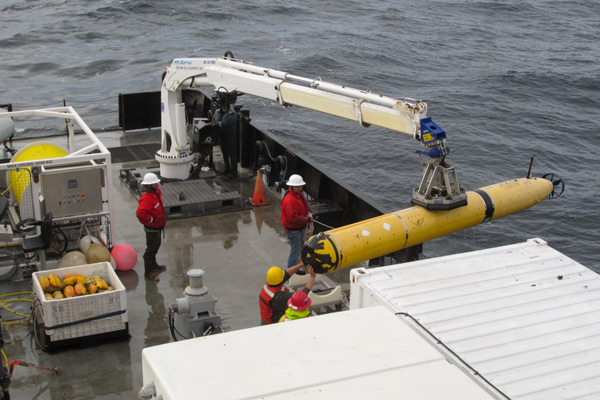Stanford and Monterey Bay Aquarium Research Institute (MBARI) engineers have created a new way for autonomous underwater vehicles (AUVs) to take photographs deep below the surface of the ocean.
New software developed by Sarah Houts, a doctoral candidate in aerospace robotics, allows AUVs shaped like large torpedoes to navigate ravines, canyons and other difficult underwater routes autonomously. Before the implementation of the new software, the AUV had to be operated by a human researcher remotely steering it from a ship.
Houts’ biggest challenge was devising a system for the AUV to be able to anticipate possible obstacles and avoid them safely. Using data about the AUV’s altitude, speed and direction at any given moment allowed her to bypass this problem.
Engineers from Stanford and MBARI tested the software by sending an AUV over a underwater cliff in Monterey Bay. Another test is scheduled for early next month.
AUVs are used to take photographs the ocean floor to monitor the state of sea beds, which often have a significant impact on the research of climate scientists and marine biologists.
Houts’ next challenge is to prepare an AUV that can take iceberg samples, which is made additionally complex by the fact that icebergs are in motion. She sees the key to solving this problem the ability to “merge real-time measurements with a map for areas where one exists.”
Stephen Rock, the director of Stanford’s Aerospace Robotics Laboratory, called the work a “tremendous shift” in autonomous capabilities in an interview with the Stanford Report.
